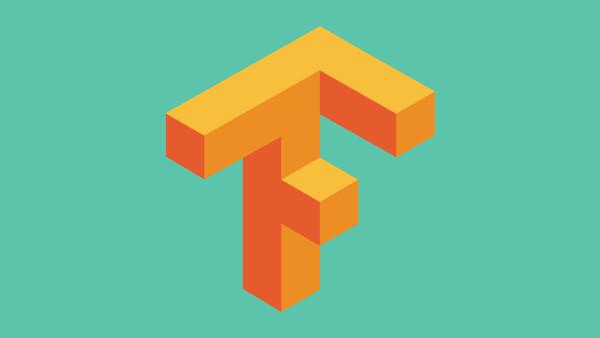If you’ve been reading updates about the Google I/O conference (which took place on May 17 to 19, 2017), you’re probably impressed at the announcements that were made during the event. Google Assistant’s real-world analysis, Google Home’s call-making abilities, Google Photos’s new shared libraries — these are some of the new and exciting features that the tech giant has revealed.
But, if you take the event as a whole, you might notice two things: 1) Google is no longer hyper-focused on mobile technology since 2) it’s now setting its sights on artificial intelligence.
AI isn’t exactly a newcomer to Google. Many of the tools and features offered by the company, such as image search and speech recognition, are powered by artificial intelligence. However, Google and its CEO Sundar Pichai point out that AI isn’t just a tool to provide better services to users — it’s actually the foundation on which the company’s future (and the rest of the world’s) will be built. The fact that the Menlo Park-based tech giant readily admits this should make the tech community stand up and take notice.

Google’s AI Powerhouse
Google has already started to make artificial intelligence a central part of its service offering. One of the biggest steps it has taken so far is to make TensorFlow an open-source software back in 2015. By doing this, Google has made it easier for developers and software engineers to incorporate AI into their projects.
But what exactly is TensorFlow? Technically, it’s a software library that makes machine learning a quicker and faster process. It stemmed from DistBelief, a machine learning system that was built by Google Brain in 2011 to assist Google engineers in their research and product development tasks. Several computer scientists worked on DistBelief to make it faster and more robust, eventually turning it into TensorFlow.
The library was made open to the public on November 9, 2015. It can only be deployed single machines as of the moment, which is one of its few limitations, but users are hoping that Google will improve this in the feature. Thankfully, TensorFlow supports multiple CPUs and GPUs and can be used on 64-bit Windows, Mac, and Linux computers as well as Android and iOS mobile devices.
Leading the Way
It’s important to note that TensorFlow is not the only machine learning library available. There are several other options out there, such as Swiss-built Torch, Facebook-supported Caffe (and its newest version Caffe2), and Keras (whose creator has become a Google engineer).
Despite these options, many developers and businesses decide to use TensorFlow because of several reasons. Some like the fact that TensorFlow promotes quick scaling, while others love that it easily integrates with the rest of Google’s services (which makes it easier for developers to push their products). Another good thing about TensorFlow: you can either build and customize your own algorithms or purchase off-the-shelf components if you’re squeezed for time or don’t have enough resources to go the DIY way.
With these in mind, it’s clear that TensorFlow is the future of Google’s foray into artificial intelligence. In fact, the tech giant has recently released a new version of the library called TensorFlowLite, along with an API that’s designed to interface with future AI-powered smartphone processors. These are just the beginning, though: we can expect to see more developments that will expand Google’s AI empire and help it dominate the artificial intelligence platform.
Sorry, the comment form is closed at this time.